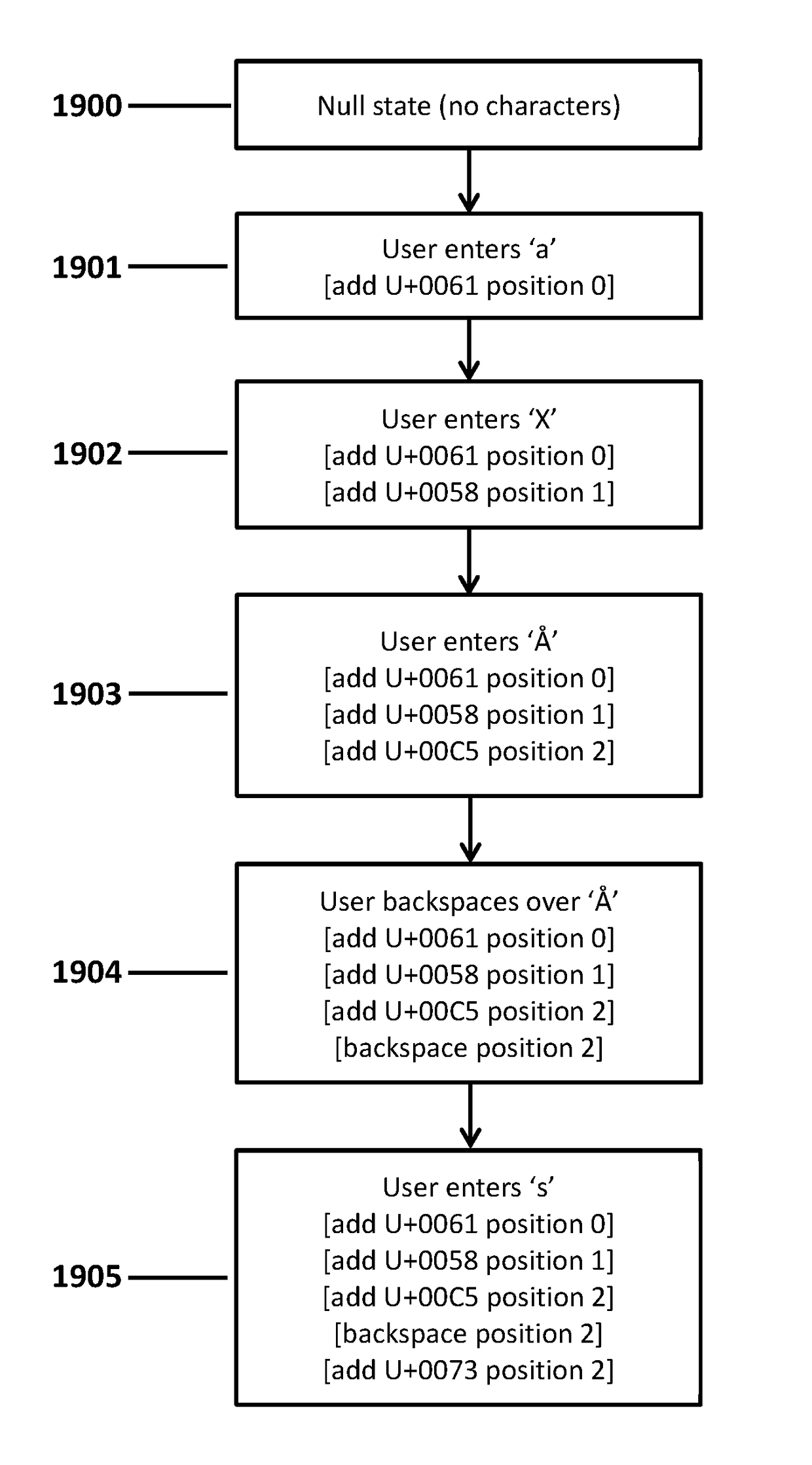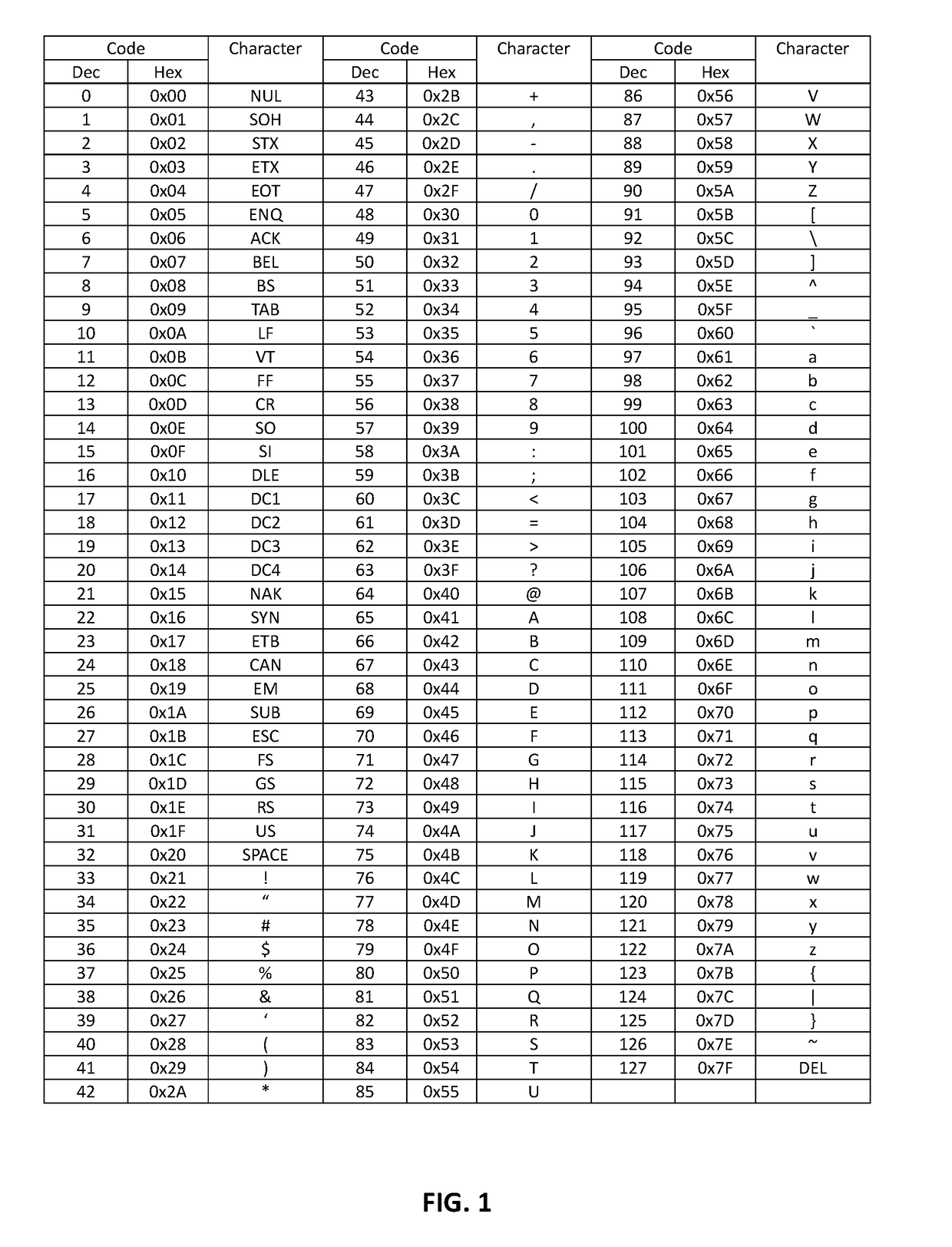Apparatus and method for cryptographic operations using enhanced knowledge factor credentials
a technology of knowledge factor and authentication method, applied in the field of computer security functions, can solve the problems of many systems being vulnerable to attack by hackers and criminals, users having difficulty meeting both requirements, and achieving epic proportions, so as to prevent guessing, shorten the memory, and the effect of preventing guessing
- Summary
- Abstract
- Description
- Claims
- Application Information
AI Technical Summary
Benefits of technology
Problems solved by technology
Method used
Image
Examples
embodiment 1
2. The medium of embodiment 1, wherein: the knowledge-factor credential is a password specifying a sequence of characters; the sequence of user-entered transactions includes a first subset of respective transactions each specifying: selection of a respective one of the characters; and a respective position to place the respective one of the characters among a plurality of other previously entered characters of the password; the sequence of user-entered transactions includes a second subset of respective transactions specifying that a previously entered character is to be deleted; one or more values are based on all of the user-entered transactions by which the knowledge-factor credential is specified, including both the first subset of respective transactions and the second subset of respective transactions; the one or more values demonstrate that the all of the user-entered transactions by which the knowledge-factor credential is specified were entered by the user in the predefined...
embodiment 3
4. The medium of embodiment 3, wherein: forming the one or more values comprises calculating a second cryptographic hash value based on both: the first cryptographic hash value; and another given user-entered transaction upon which the first cryptographic hash value is not based.
embodiment 4
5. The medium of embodiment 4, wherein: the other given user-entered transaction is after the given user-entered transaction in the sequence of user-entered transactions that collectively specify the knowledge-factor credential.
6. The medium of any one of embodiments 1-5, wherein: forming the one or more values comprises calculating a different cryptographic hash value for each user-entered transaction in the sequence of user-entered transactions that collectively specify the knowledge-factor credential.
PUM
 Login to View More
Login to View More Abstract
Description
Claims
Application Information
 Login to View More
Login to View More - R&D
- Intellectual Property
- Life Sciences
- Materials
- Tech Scout
- Unparalleled Data Quality
- Higher Quality Content
- 60% Fewer Hallucinations
Browse by: Latest US Patents, China's latest patents, Technical Efficacy Thesaurus, Application Domain, Technology Topic, Popular Technical Reports.
© 2025 PatSnap. All rights reserved.Legal|Privacy policy|Modern Slavery Act Transparency Statement|Sitemap|About US| Contact US: help@patsnap.com



